Space News
Earthsky
71

Image Credit: Earthsky
A superb Venus inferior conjunction by Guy Ottewell
- Venus will reach inferior conjunction on March 23, 2025.
- During this time, Venus will pass between Earth and the sun.
- Observers may be able to spot Venus in both the evening and morning sky for a few days before the conjunction.
- This upcoming inferior conjunction is expected to be one of the most superb ones, as Venus will pass as far north of the sun as possible.
Read Full Article
4 Likes
Arstechnica
415
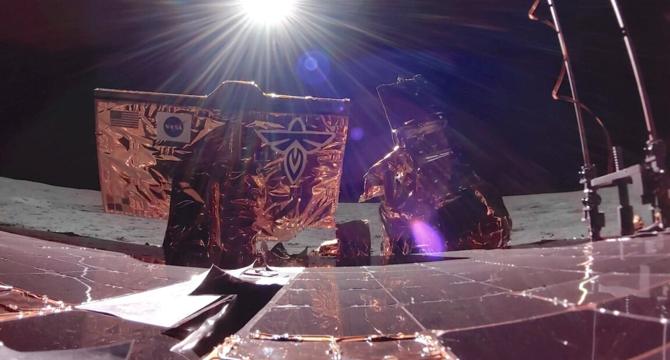
Image Credit: Arstechnica
Here’s the secret to how Firefly was able to nail its first lunar landing
- Firefly Aerospace's Blue Ghost science station achieved significant milestones during its lunar landing mission.
- The mission involved drilling into the Moon's surface, testing an extraterrestrial vacuum cleaner, and using GPS navigation signals for lunar surface navigation.
- The obtained data can provide insights into the Moon's formation and evolution as well as enable new sample collection techniques on other planets.
- The imagery captured by the onboard cameras showcased the dust cloud created during the successful landing in Mare Crisium.
Read Full Article
24 Likes
Livescience
93
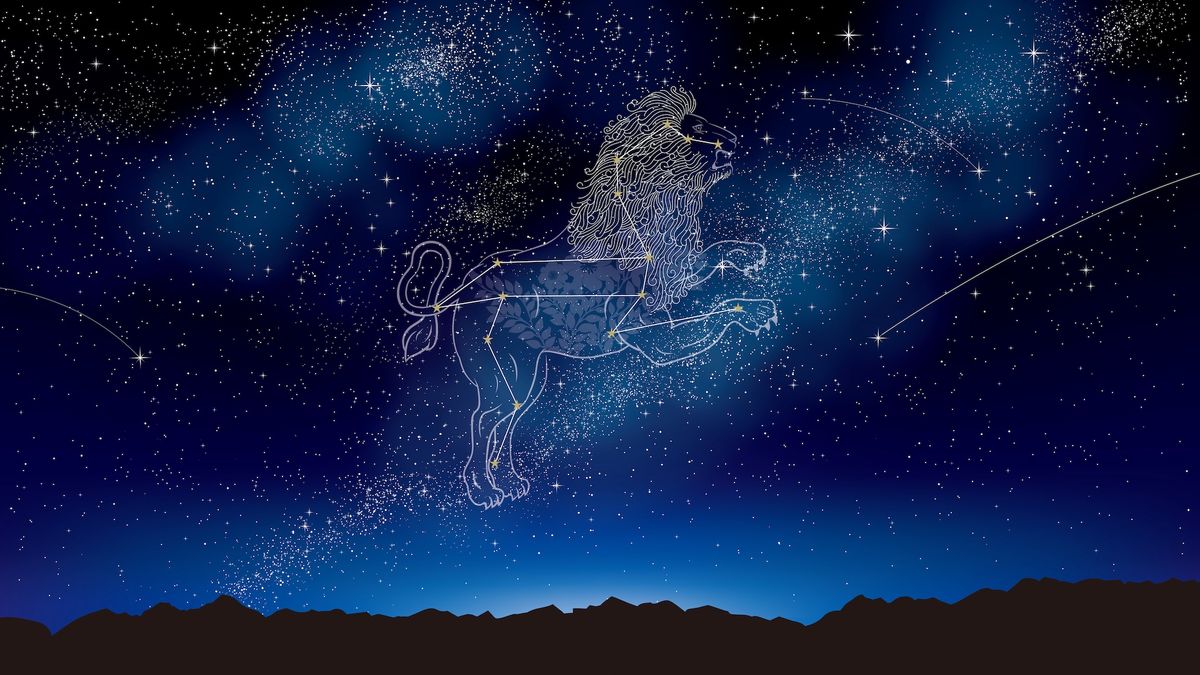
Image Credit: Livescience
Vernal equinox: How to see spring begin, just by looking at the stars
- The vernal equinox marks the beginning of spring and autumn in the Northern and Southern Hemispheres respectively.
- Stargazers can observe the seasonal transition during the equinox by looking at the stars in the night sky.
- In the Northern Hemisphere, stargazers can bid farewell to the bright stars of winter and look for the Winter Triangle formed by stars like Betelgeuse, Rigel, and Sirius.
- To confirm the arrival of spring, observers can locate the Big Dipper and use its stars to find the Spring Triangle, consisting of Arcturus, Spica, and Denebola.
Read Full Article
5 Likes
Brighter Side of News
227
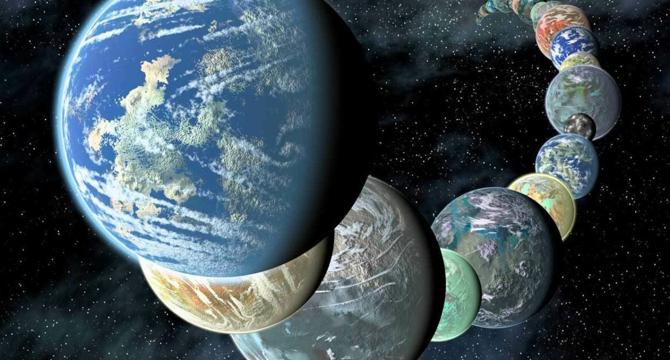
Image Credit: Brighter Side of News
Astronomers find that a surprising number of exoplanets could host life
- A recent study led by Stephen Kane challenges the idea that planetary systems are limited to a single habitable world.
- Under the right conditions, a star could support up to seven Earth-like planets.
- Compact planetary systems can allow multiple habitable planets to coexist without disrupting each other's orbits.
- The presence of giant planets like Jupiter can have a disruptive effect on the habitability of a solar system.
Read Full Article
13 Likes
Discover more
Earthsky
428
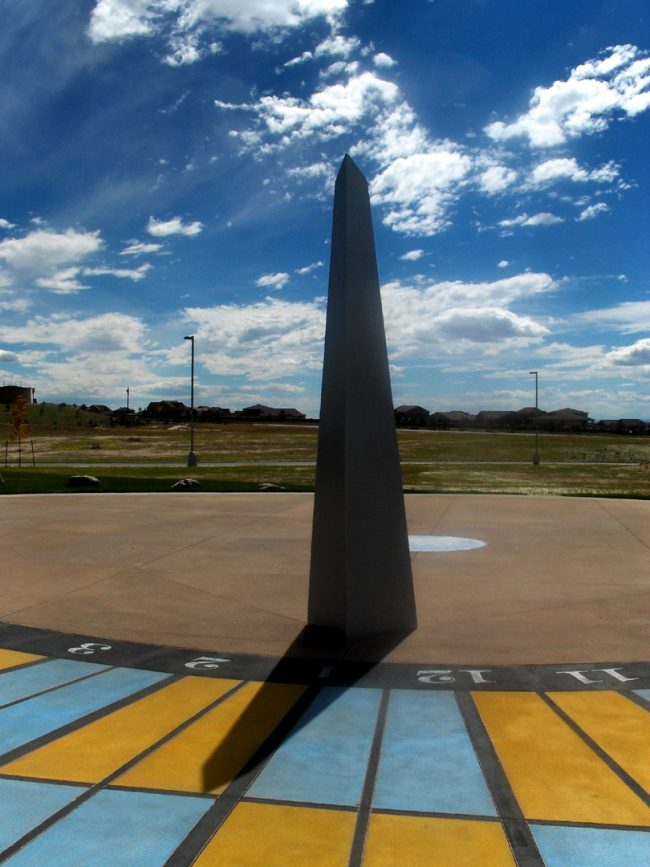
Image Credit: Earthsky
Look for equinox shadows in a direct line from west to east
- On the day of an equinox, the tip of an upright stick’s shadow follows a straight path from west to east.
- Equinox shadows exhibit this unique behavior due to the alignment of the sun and Earth.
- This phenomenon allows for the creation of simple sundials by tracking the sun's shadow.
- Gnomons, or shadow poles or sticks, play a key role in observing this straight shadow path.
- Unlike at the poles, equinox shadows follow this straight trajectory worldwide on the equinox day.
- You can witness this phenomenon on March 20, 2025, during the equinox.
- Individuals can use various objects like flagpoles or makeshift gnomons to track equinox shadows.
- During the solstices, shadow paths curve, forming hyperbolas, in contrast to the straight equinox path.
- Differences in shadow paths exist between the Northern and Southern Hemispheres and at the equator during the equinox.
- Equinox shadows present an intriguing opportunity to observe the sun's movement and the Earth's alignment on a specific day.
Read Full Article
25 Likes
Knowridge
379

Image Credit: Knowridge
What’s the deadliest part of a supernova explosion
- The deadliest part of a supernova explosion is the X-rays and cosmic rays.
- Regarding the shock wave from the explosion itself, being close enough to a supernova to be worried about it would mean being close enough to the pre-supernova star to get a lethal dose of radiation.
- Visible light produced by a supernova is not a factor, as it never accounts for more than 1% of the energy output.
- Neutrinos, the ghostly particles that hardly ever interact with matter, are not a problem at interstellar distances.
Read Full Article
22 Likes
Guardian
321
Image Credit: Guardian
Nasa cuts raise fears of handing more influence to SpaceX owner Musk
- The Trump administration's decision to close two offices at Nasa could lead to increased costs in space exploration and may give Elon Musk more influence over the agency.
- The closed offices provided independent analysis on investments and strategies, impacting goals of manned missions to the moon and Mars.
- Fears arise over Musk's conflicts of interest as he remains CEO of SpaceX and an ally of Trump, with Jared Isaacman nominated as Nasa's next administrator.
- The cuts signal Musk's growing power over Nasa as SpaceX continues to receive lucrative federal contracts.
- Critics question preferential treatment of Musk's businesses by Nasa, with concerns raised about conflicts of interest and corrupt favoritism.
- Nasa is going through a reduction in force, affecting around 20 employees, amidst a broader reorganization plan under Trump's administration.
- The closure of the offices has raised concerns about missing out on long-term vision for space exploration and increasing mission costs without strategic analysis.
- Employees impacted by the cuts feel mistreated and have been blocked from realignment to other agencies, causing distress and discontent within Nasa.
- The move to shut down the offices has been criticized as short-sighted and detrimental to Nasa's efficiency and strategic planning for future missions.
- SpaceX, as Nasa's largest private contractor, has received billions in federal contracts, prompting accusations of corrupt favoritism and conflicts of interest.
Read Full Article
19 Likes
Nasa
44
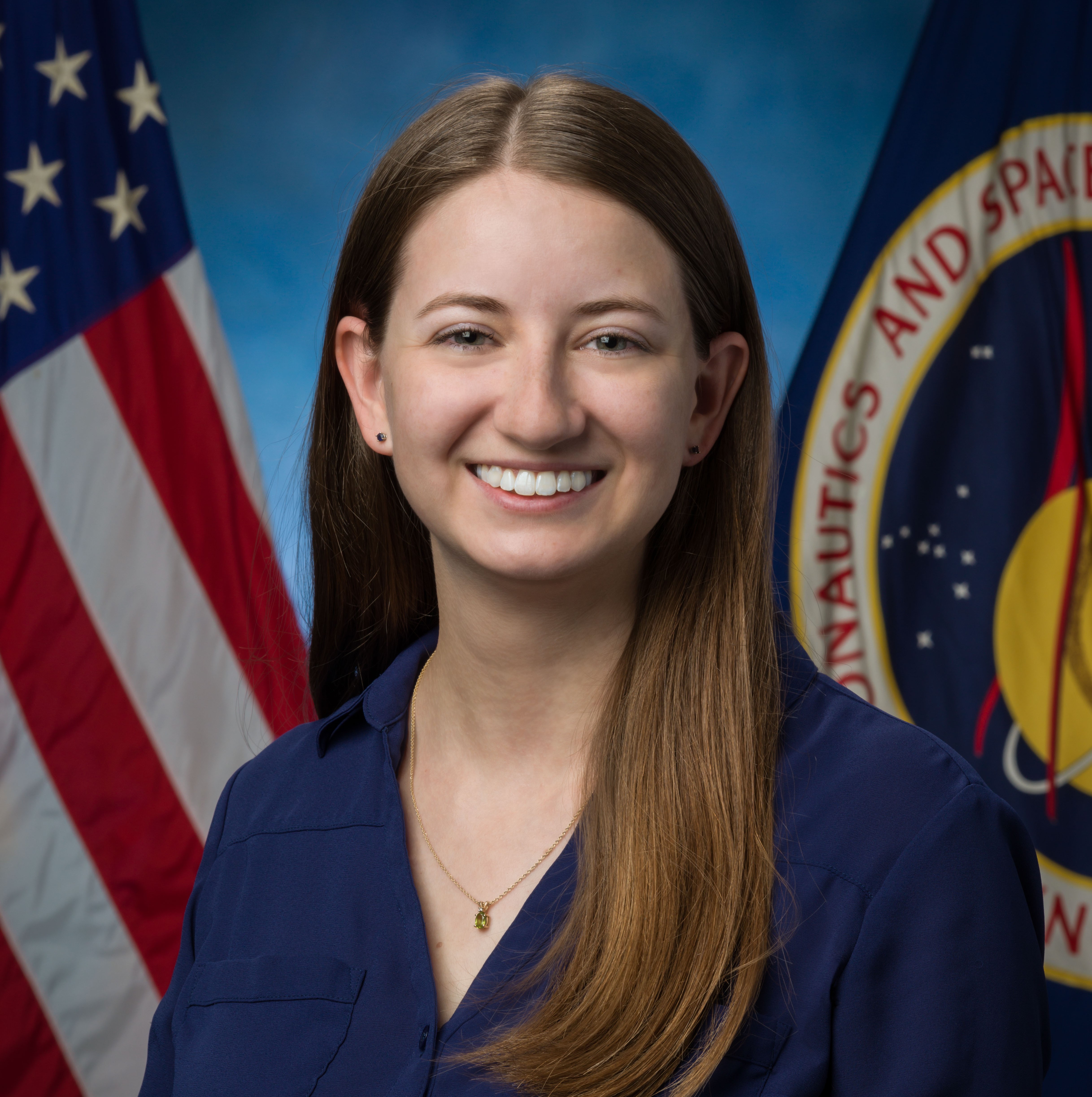
Image Credit: Nasa
Bringing the Heat: Abigail Howard Leads Thermal Systems for Artemis Rovers, Tools
- Abigail Howard leads the thermal systems team at Johnson Space Center working on elements of NASA's Artemis campaign, focusing on managing extreme temperatures for crews and equipment at the lunar South Pole.
- She serves as the passive thermal system manager, providing expertise on passive thermal design, hardware, modeling, and testing to vendors and international partners involved in developing rovers and tools for lunar exploration.
- Despite the steep learning curve of transitioning from a thermal analysis engineer to a thermal system manager, Howard embraced the challenge and highlighted the importance of not giving up and persistence paying off.
- She believes that interesting and challenging work is essential, but emphasizes that the team and team lead are crucial to professional success and satisfaction.
Read Full Article
2 Likes
Medium
191

Selecting a RAID Level
- RAID level 0 is used in high-performance applications where data loss is not critical.
- RAID level 1 is popular for applications that require high reliability with fast recovery.
- RAID 0 + 1 and 1 + 0 are used where both performance and reliability are important-for example, for small databases.
- RAID 5 is often preferred for storing large volumes of data due to its lower space overhead.
Read Full Article
11 Likes
Nasa
200
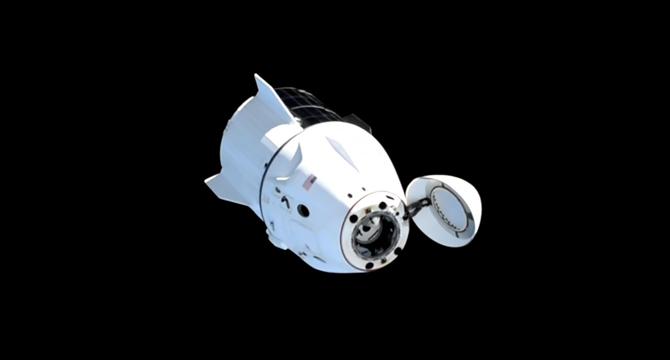
Image Credit: Nasa
Dragon Undocks With SpaceX Crew-9 Members for Return to Earth
- The SpaceX Dragon spacecraft with four Crew-9 members aboard departs the International Space Station.
- NASA astronauts Nick Hague, Suni Williams, Butch Wilmore, and Roscosmos cosmonaut Aleksandr Gorbunov undocked from the space-facing port of the Harmony module.
- NASA's return coverage will resume at 4:45 p.m. Tuesday on NASA+ until Dragon splashes down at approximately 5:57 p.m. off the coast of Florida.
- The crew members are expected to be safely recovered.
Read Full Article
12 Likes
Guardian
102
Image Credit: Guardian
Nasa astronauts heading back to Earth on SpaceX Dragon capsule after being ‘stranded’ on ISS for months
- Two Nasa astronauts were 'stranded' on the ISS due to the failure of Boeing's Starliner capsule, but are now returning to Earth on a SpaceX Dragon capsule after a 17-hour descent.
- Sunita Williams and Butch Wilmore stayed on the ISS since June last year to evaluate Starliner, but technical issues led to their extended stay.
- The astronauts bid farewell as the capsule undocked from the station, with Nicholas Hague and Aleksandr Gorbunov also aboard.
- Amid political controversies involving Elon Musk and claims of abandonment, the astronauts insisted they did not feel stuck or stranded.
- The return is scheduled for a splashdown off the Florida coast, with live coverage on Nasa TV and Nasa+.
- Boeing's Starliner capsule's future is uncertain due to technical issues, but the company remains confident in its product.
- The astronauts' odyssey has been the center of political disputes, with Elon Musk involved in public conflicts with retired astronauts and ISS veterans.
- The SpaceX Dragon capsule will bring the astronauts back home after months in space, as they prepare for re-entry into Earth's atmosphere.
- Live coverage of the final stages of the descent and crew recovery will be provided by Nasa for the Crew 9 astronauts.
- The astronauts, after being part of an international effort in space, are set to splashdown off the Florida coast, with weather conditions being a factor in the return.
Read Full Article
6 Likes
Digitaltrends
138
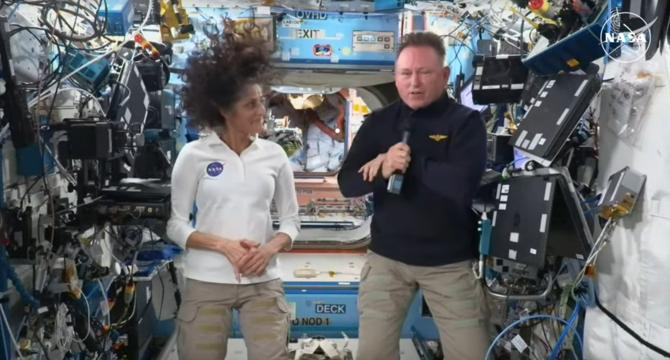
Image Credit: Digitaltrends
NASA’s ‘stuck’ astronauts have finally left the space station
- NASA astronauts Suni Williams and Butch Wilmore have departed from the International Space Station (ISS) after an extended stay of nine months.
- Williams and Wilmore were originally scheduled for an eight-day stay but were stuck on the ISS due to technical problems with their return spacecraft.
- They left the ISS inside a SpaceX Crew Dragon spacecraft and are expected to splash down off the coast of Florida later today.
- During their extended stay, the astronauts contributed to scientific research and expressed their unique perspective on living in space.
Read Full Article
8 Likes
Nasa
157
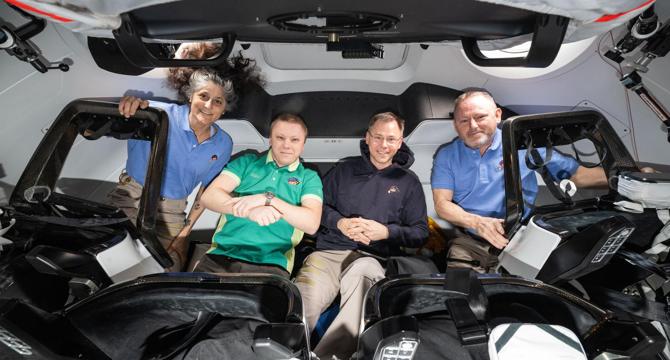
Image Credit: Nasa
Live on NASA+: Dragon Prepares to Undock With Four SpaceX Crew-9 Members
- NASA's SpaceX Crew-9 members prepare to undock and return to Earth from the International Space Station.
- The Crew-9 mission includes NASA astronauts Nick Hague, Suni Williams, and Butch Wilmore, along with Roscosmos cosmonaut Aleksandr Gorbunov.
- The undocking is scheduled for 1:05 a.m. on Tuesday, with a targeted splashdown off the coast of Florida at 5:57 p.m.
- Stay updated with the latest news from NASA by subscribing to their newsletter.
Read Full Article
9 Likes
Nasa
299
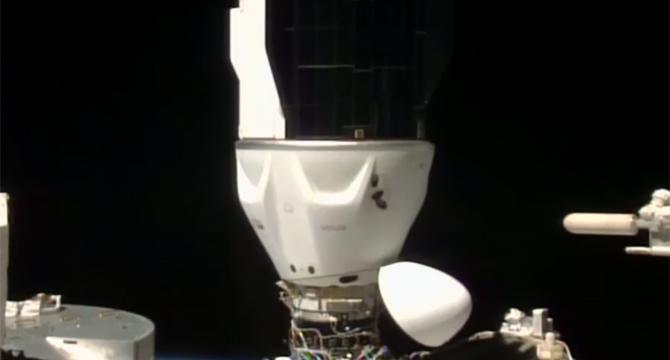
Image Credit: Nasa
SpaceX Crew-9 Quartet Enters Dragon and Closes Hatch
- The SpaceX Dragon spacecraft carrying four SpaceX Crew-9 members is docked to the International Space Station
- The hatch between the Dragon spacecraft and the ISS has been closed in preparation for the return of the Crew-9 mission
- NASA's undocking coverage begins at 12:45 a.m. on NASA+
- The spacecraft will autonomously undock at approximately 1:05 a.m. to begin the return to Earth
Read Full Article
18 Likes
Nasa
392

Image Credit: Nasa
NASA+ is Live as SpaceX Crew-9 Prepares for Undocking
- NASA's SpaceX Crew-9 mission is preparing for undocking and return to Earth.
- Hatch closure between the SpaceX Dragon spacecraft and the ISS is scheduled for 11:15 p.m. EDT on Monday.
- The undocking will be covered live at 12:45 a.m. on Tuesday.
- The Crew-9 mission is targeting a splashdown off the coast of Florida at approximately 5:57 p.m. on March 18.
Read Full Article
23 Likes
For uninterrupted reading, download the app